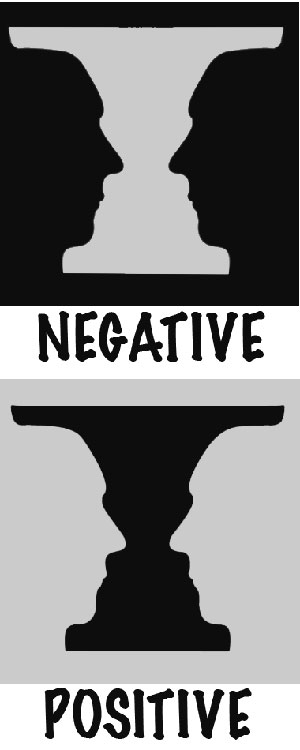

To determine how effective the leading is, you must first figure out the different elements of your typography-heavy layout that will require different leading settings-start by reading the copy you’ve been provided. In most instances, you would use normal or positive leading.

Positive leading is larger than the typeface’s point size and is written as Helvetica 10/14. Negative leading is smaller than the typeface’s point size and is written as Helvetica 10/8. Normal leading is equal to the typeface’s point size and is written as Helvetica 10/10. While it’s the recommended minimum to follow, it’s important to remember the following terminology. When you bring body copy into a program such as InDesign or Illustrator, the default starting size for leading is roughly 2 points more than the point size-this measurement is sometimes referred to as default leading. When you specifying a typeface’s measurement and leading, you’ll write Helvetica 10/12-the first number is the point size and the second number is the leading size. The unit of measure for leading in most programs is points-same as for measuring type size. The x-height and length of the ascenders/descenders in a particular typeface are two of the most important factors when figuring out the leading. The term stuck around and while the olden days of typesetting by hand are long gone, the terminology and principles still remain! To adjust the space between the lines so that the design could breathe more, typesetters added thin strips of lead. In the early days of printing and typesetting, all typography was typeset by hand, using individual characters made of wood or metal. In the context of digital design, such as apps and websites, leading may be referred to as line spacing or line-height. Leading is measured from baseline (the imaginary line upon which a line of text rests) to baseline. Leading is the space between multiple lines of type, which can be as few as two lines of type to, well, as many lines as needed. Among the elements that require a lot of finessing is leading, one of the unsung heroes behind every typography-heavy piece of design. When it comes to typography, it is the attention to detail that makes a difference in how readable and legible that piece of typography is. In graphic design, quite a few decisions happen behind the scenes that clients may not grasp the importance of, yet have a huge effect on the outcome of a design. Japanese appreciate the value of silence, because it enhances a good word.What is Leading in Typography?: Our Complete Guide to Leading

Something is not considered profound or salient if it is not surrounded by a good setting. A negative space should also be a testament to the personality and mood of the person involved.Īppreciating an environment and a space for objects is an important part of recognizing the beauty of these objects. If this stunning model were placed in an environment of beauty, they would find her even more stunning and consider the photograph to be great art. I think that if a survey was conducted on photography in which a stunningly beautiful model was placed into a plane negative space, the majority of people would not appreciate the photo. So many have tried, with only a few suggesting another visual reality. If an artist could bridge the distinction between positive and negative space without figure ground ambiguity, ah, crowned genius. It has a more fundamental basis in physics, mathematics, topology and dimension which is probably why it is so interesting to play with. Excellent description of negative space, so poorly understood.


 0 kommentar(er)
0 kommentar(er)
